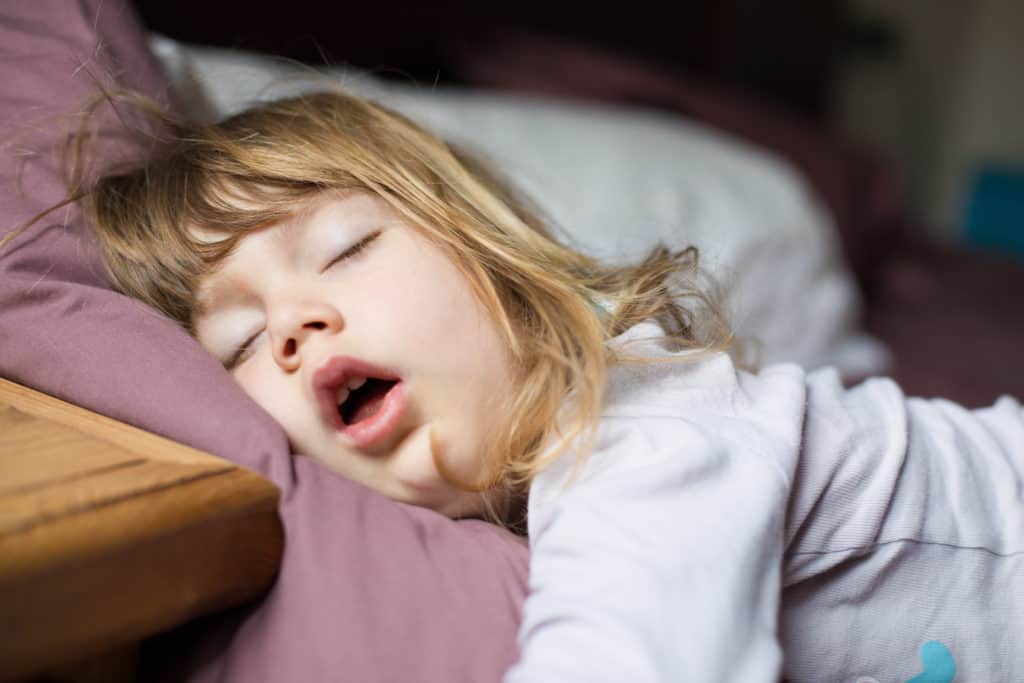Danger of Mouth Breathing
Changing Priorities in Orthodontics
Multi-Disciplinary Approach to Health

Understanding the
Danger of Mouth Breathing
Additionally, mouth breathing causes the jaws to grow incorrectly, the tongue to hang lower in the mouth, the upper palate to constrict and narrow, in turn causing a restricted nasal cavity space, as well as crooked teeth.
As a result, children who suffer from mouth breathing develop a retrognathic (pushed back) lower jaw and chin, and generally have a long face. This is an example of “form following function” – poor bone structure and muscle formation will occur from poor breathing function (mouth breathing).
As well as affecting jaw and facial development, the medical profession now recognizes that mouth breathing is one of the main contributors of Sleep Disordered Breathing (SDB).
SDB is a serious medical condition that left untreated can lead to Obstructive Sleep Apnea (OSA) and other significant health problems. Sleep is often disturbed and of poor quality, leaving the mouth breathing child with fatigue, lack of focus, and behavioral and cogitative issues during the day.
Signs of Mouth Breathing
- The child's mouth hangs open.
- Dry mouth.
- Bad breath (halitosis).
- Dry, chapped or cracked lips.
- A forward head position.
- An elongated, narrow face and palate.
- No spaces between the teeth.
- Lower teeth crowded together.
- Enlarged tonsils.
- Dark circles under the eyes.
The Nose is for Breathing, the Mouth is for Eating and Speaking
Introductory Offer
$100 off
the price of consultation ($250 value)
